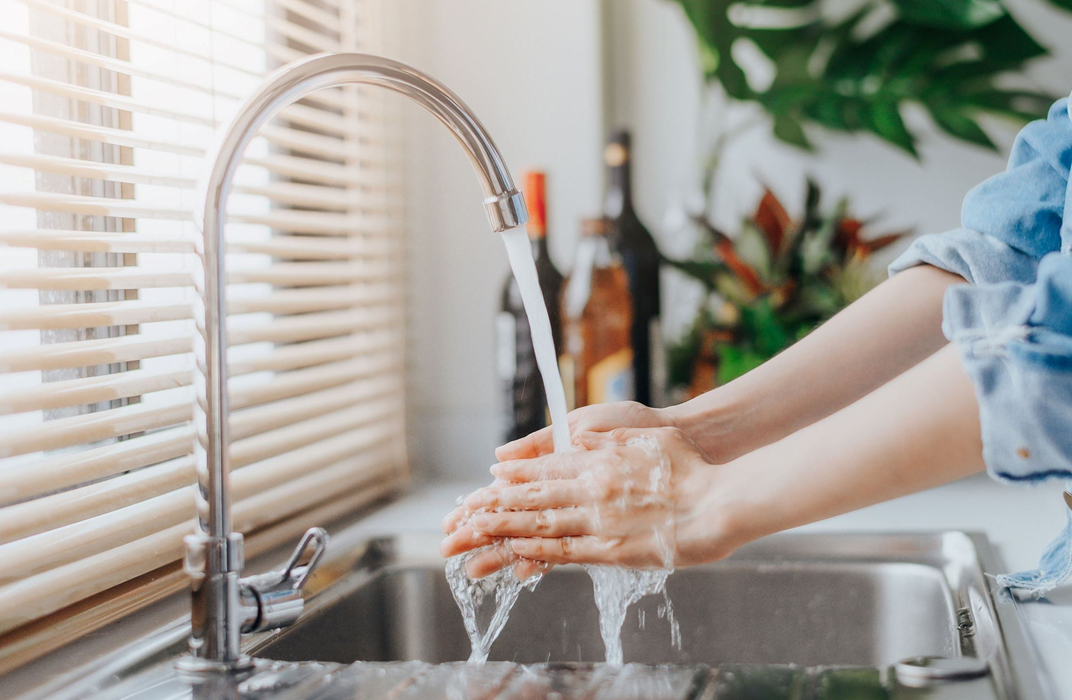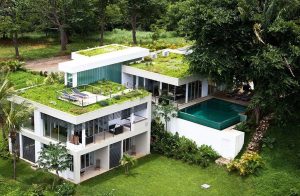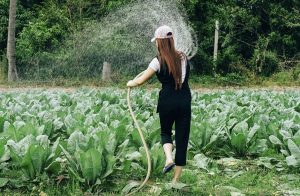How To Implement Water Conservation At Home
Installing water-efficient fixtures is one of the most effective ways to conserve water at home. Low-flow faucets and showerheads can significantly reduce water consumption without sacrificing performance. Dual-flush toilets allow users to choose between different flush volumes, minimizing water waste. These upgrades not only save water but also lower energy costs associated with heating water.
Regular maintenance of plumbing systems is crucial for preventing leaks, which can waste significant amounts of water. Homeowners should routinely check for leaks in faucets, toilets, and pipes. Even a small drip can add up to gallons of water lost over time. Promptly repairing leaks not only conserves water but also prevents potential damage to the home.
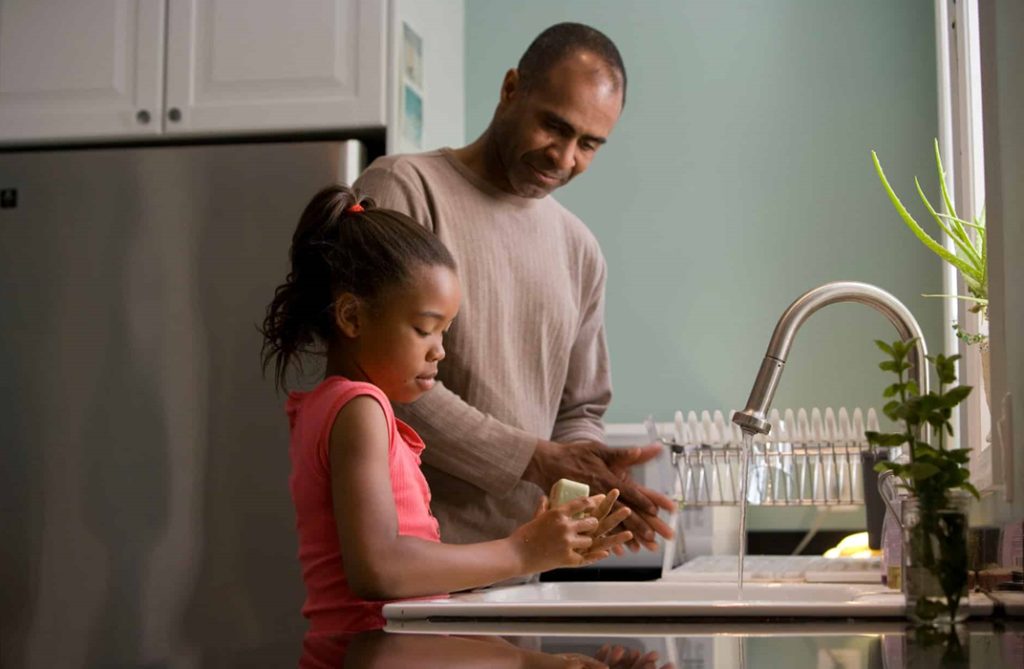
Adopting mindful watering practices in gardens and landscaping can greatly reduce outdoor water usage. Watering early in the morning or late in the evening minimizes evaporation, allowing plants to absorb moisture more effectively. Utilizing drip irrigation systems can target specific plants, reducing water waste compared to traditional sprinklers. Mulching around plants helps retain soil moisture and suppresses weed growth, further enhancing water efficiency.
Native plants are adapted to local climates and require less water once established. These plants often thrive in local soil conditions and can attract beneficial wildlife, promoting biodiversity. Creating a xeriscape garden, which focuses on minimizing water use, can lead to a beautiful and sustainable outdoor space.
Rainwater harvesting is an innovative method for conserving water at home. Installing rain barrels to collect rainwater from gutters allows homeowners to use this water for irrigation and other non-potable purposes. This practice reduces dependence on municipal water supplies and helps manage stormwater runoff, benefiting the local ecosystem.
Educating family members about water conservation can foster a culture of sustainability at home. Simple actions, such as turning off the tap while brushing teeth or taking shorter showers, can significantly reduce water consumption. Encouraging children to participate in water-saving activities can instill lifelong habits that contribute to conservation efforts.
Dishwashers and washing machines that are designed to use less water can help households save both water and energy. Running these appliances only with full loads maximizes efficiency and minimizes waste. Homeowners should look for ENERGY STAR-rated appliances, which are designed to be more efficient.
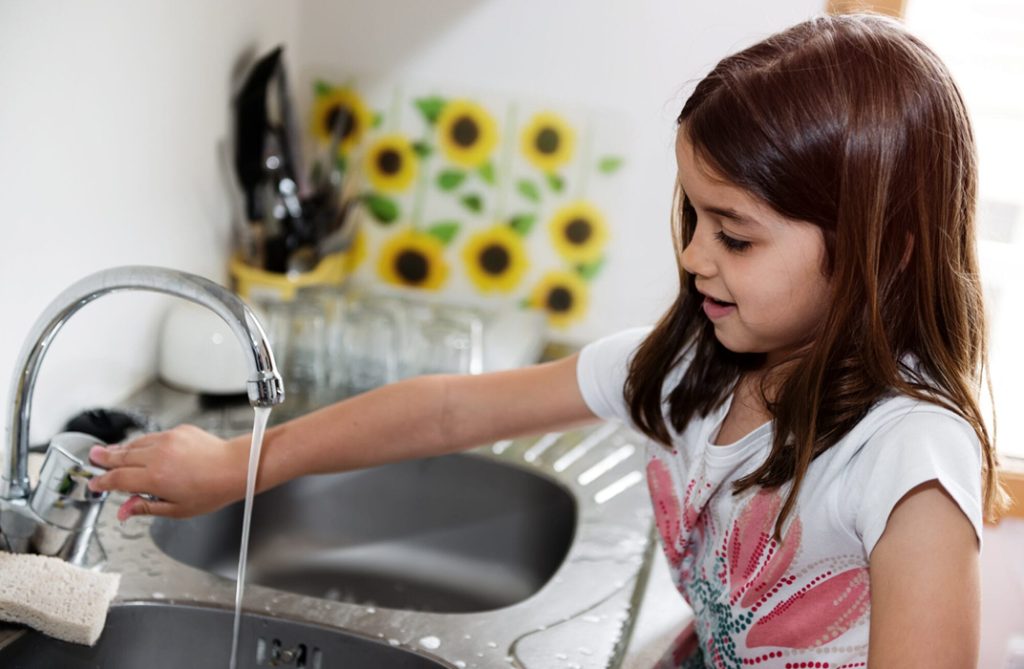
Monitoring water usage can help identify areas for improvement. Many water providers offer tools or apps that track water consumption, allowing homeowners to see their usage patterns. This information can help identify leaks or excessive usage, prompting necessary changes in habits.
Implementing water conservation practices at home is not only beneficial for the environment but also promotes a sustainable lifestyle. By making simple adjustments to fixtures, landscaping, and daily habits, homeowners can contribute to the responsible use of this vital resource. Embracing these strategies leads to a healthier environment and a more sustainable future for generations to come.

